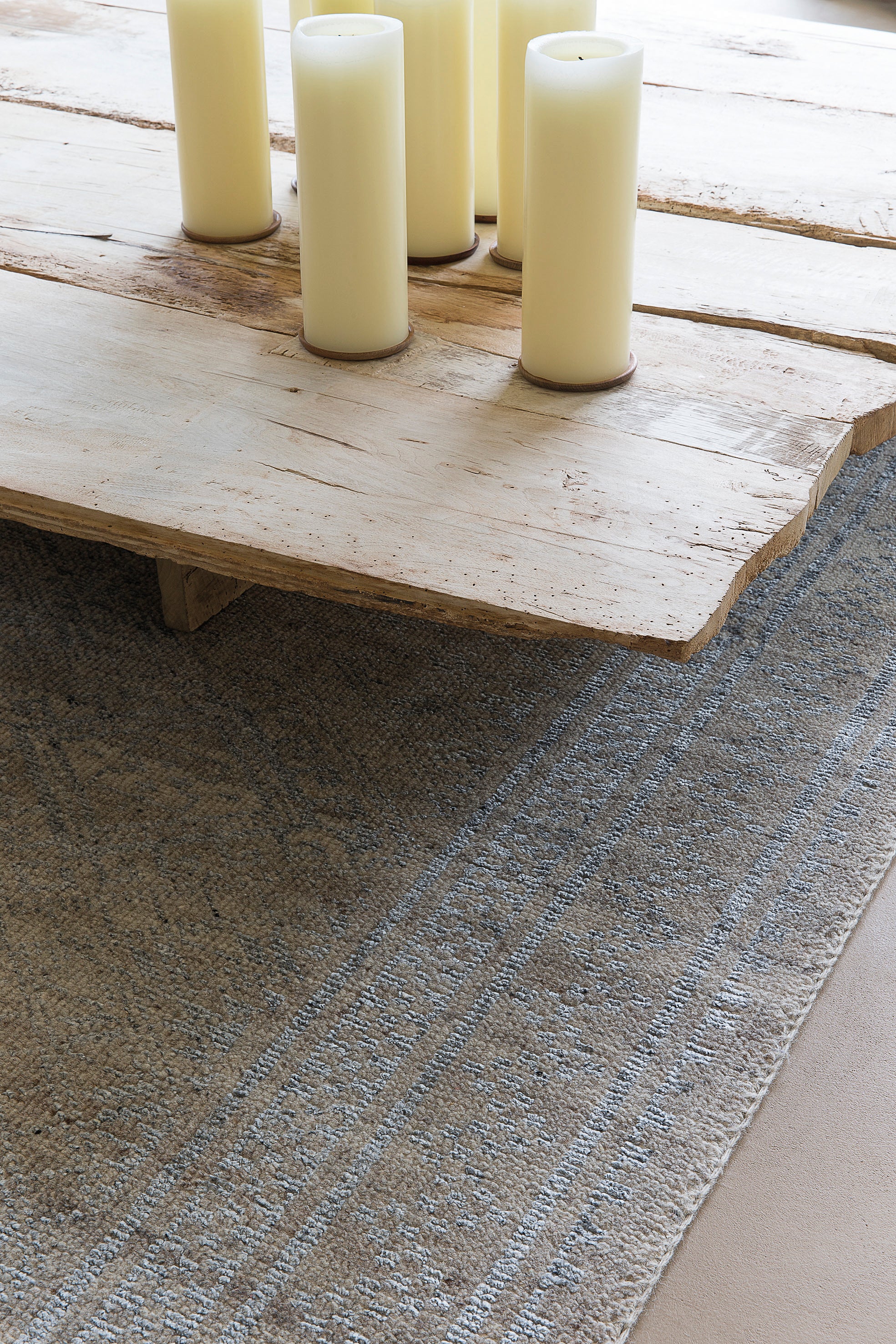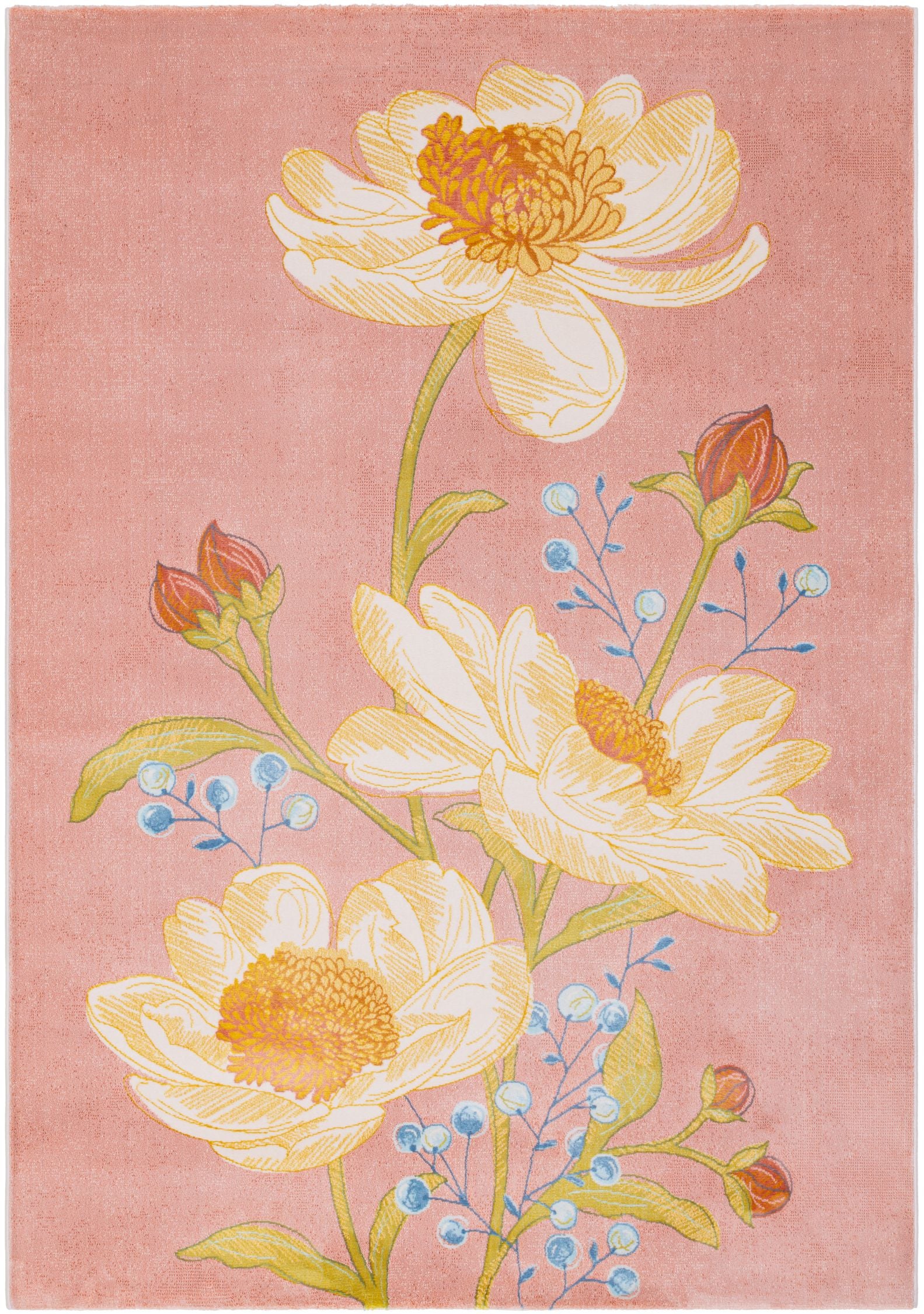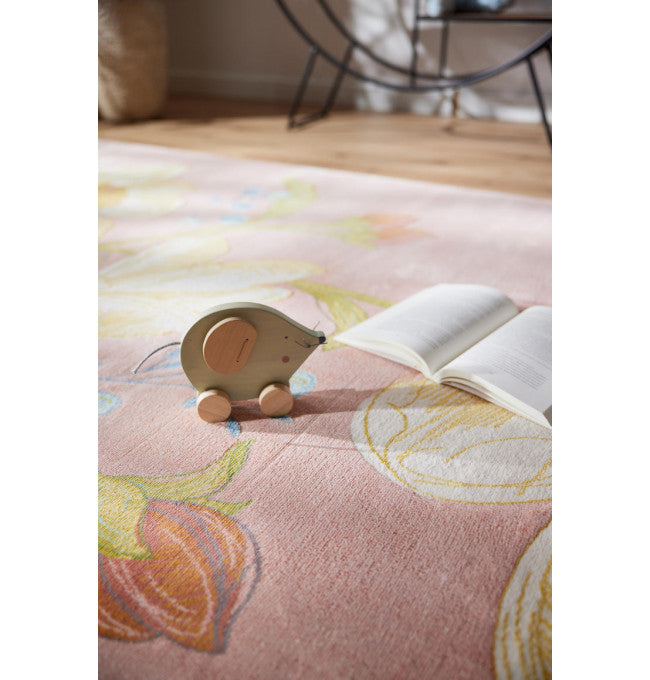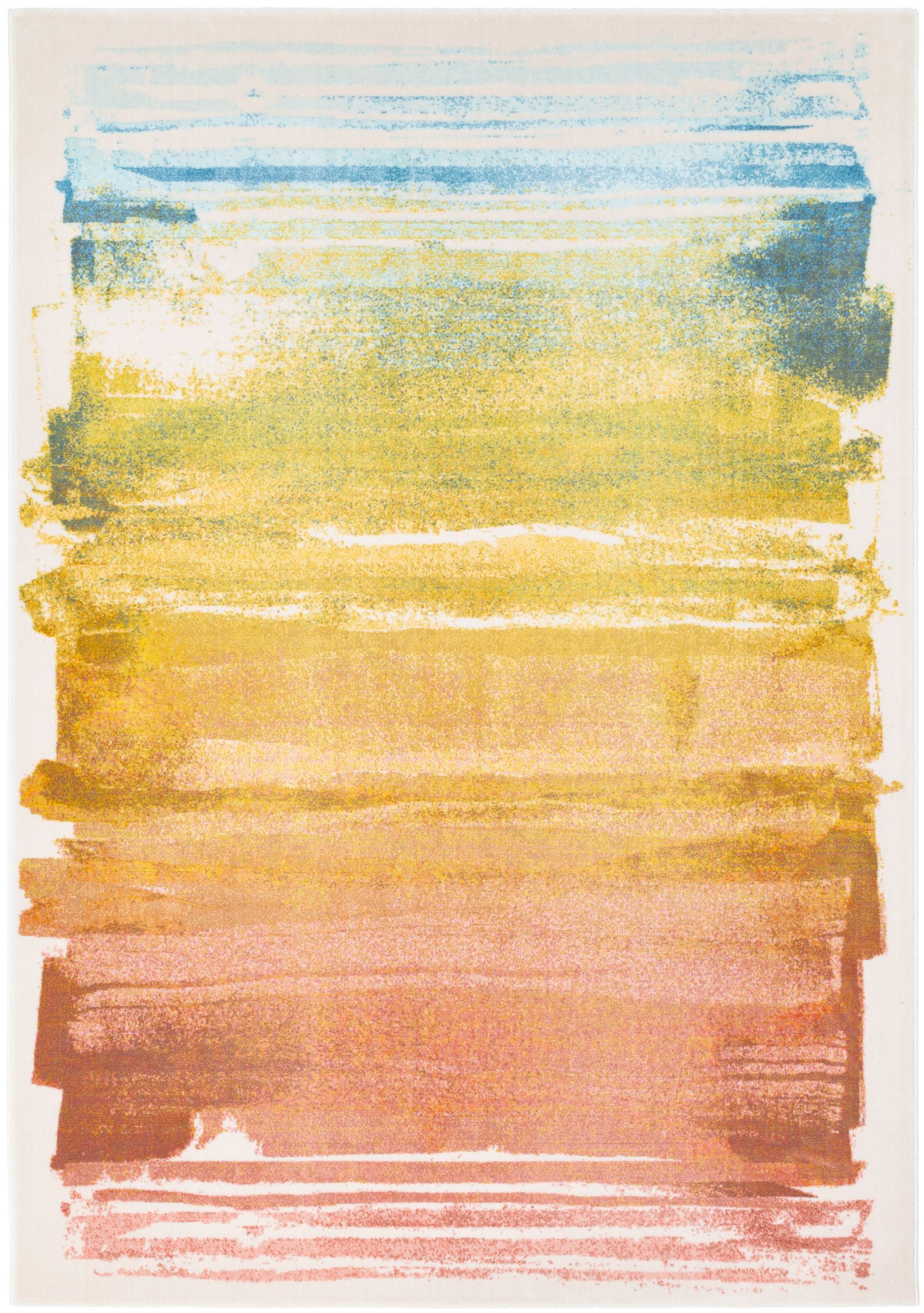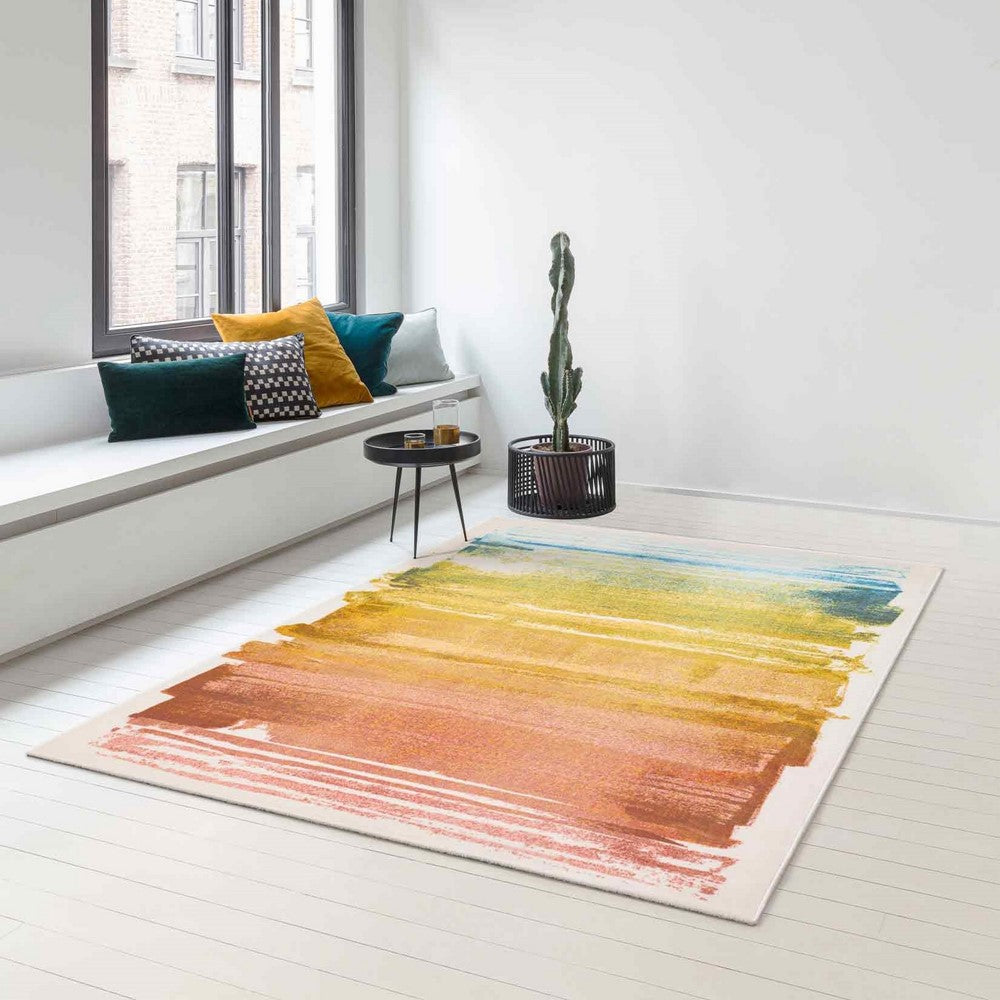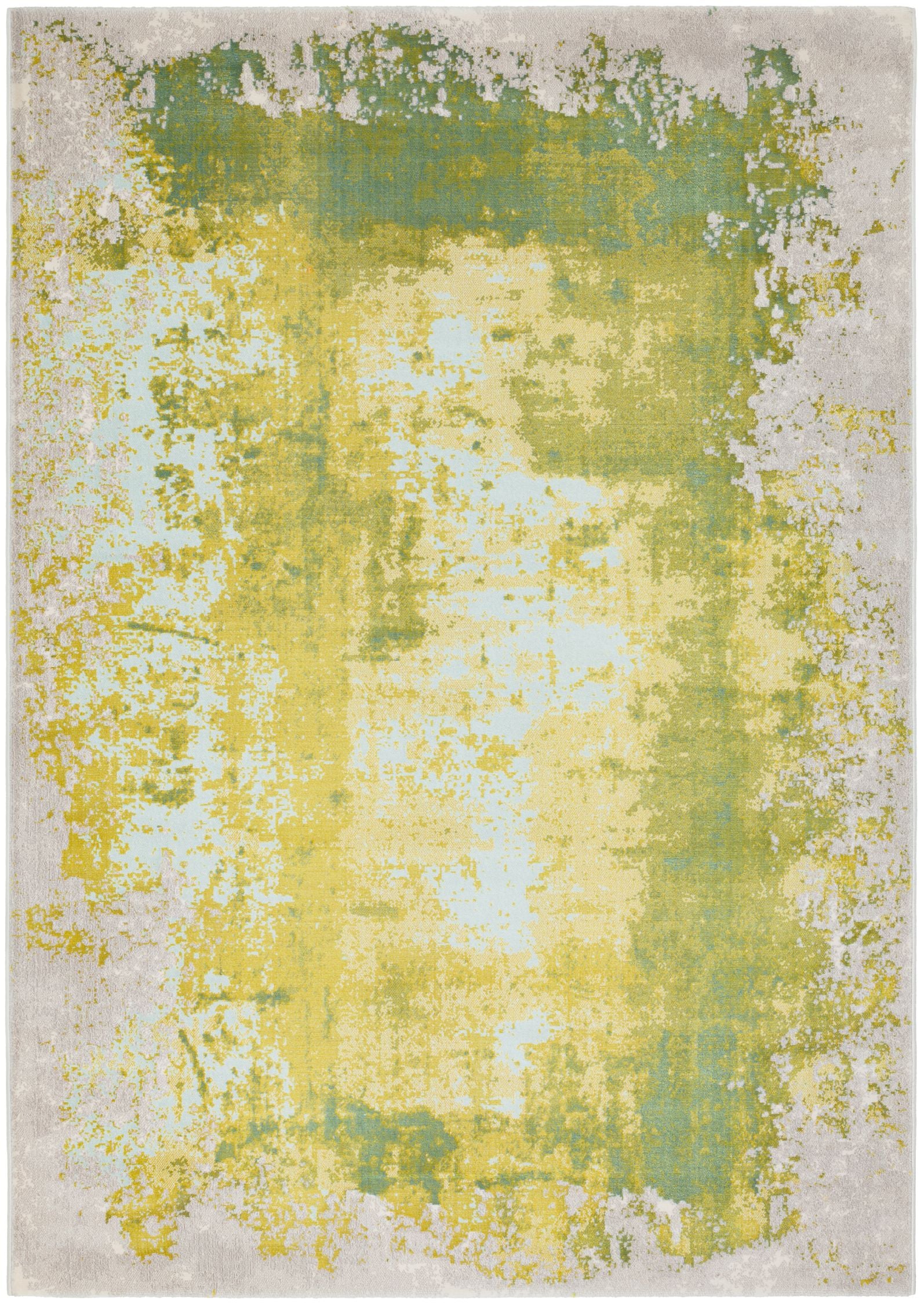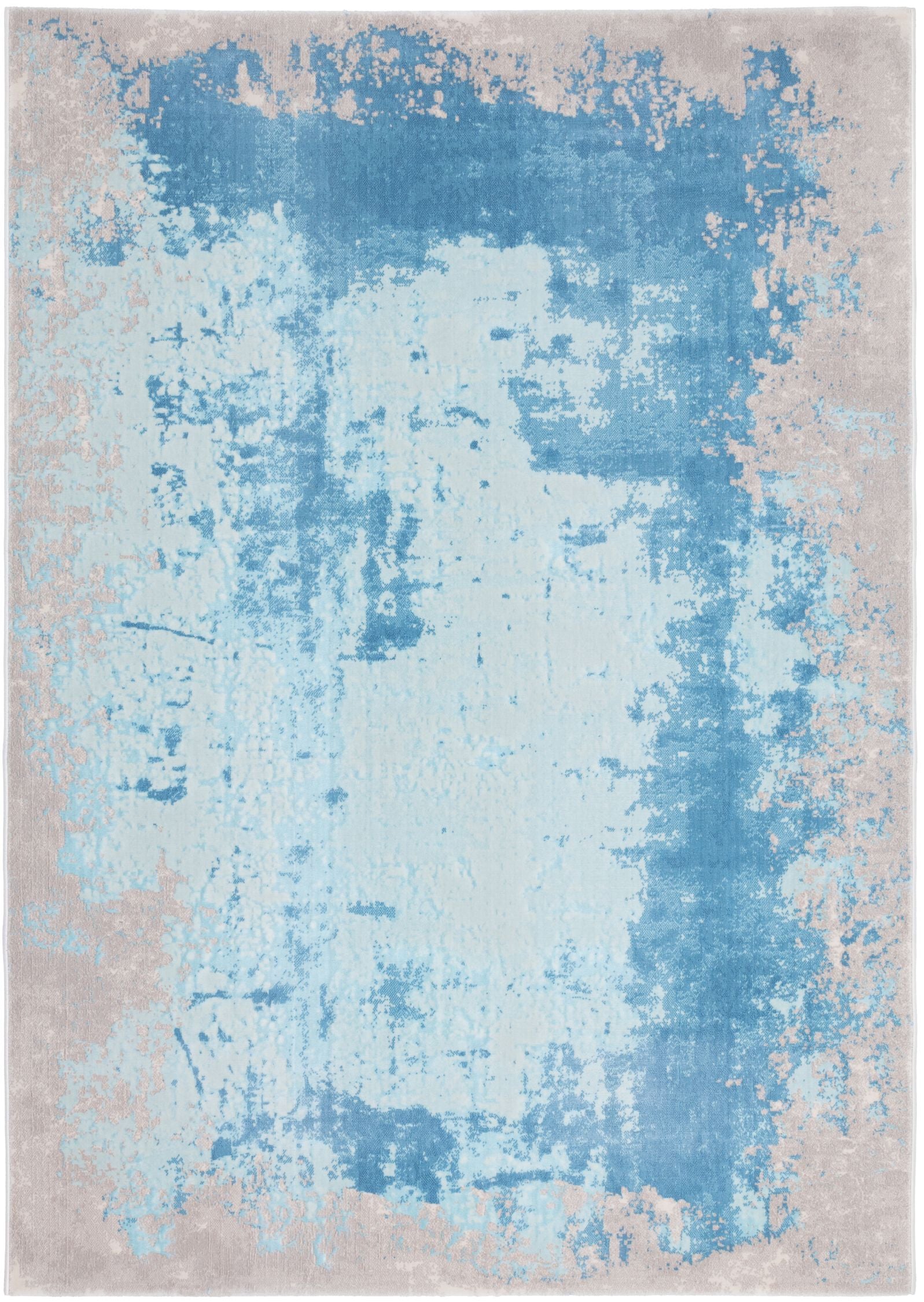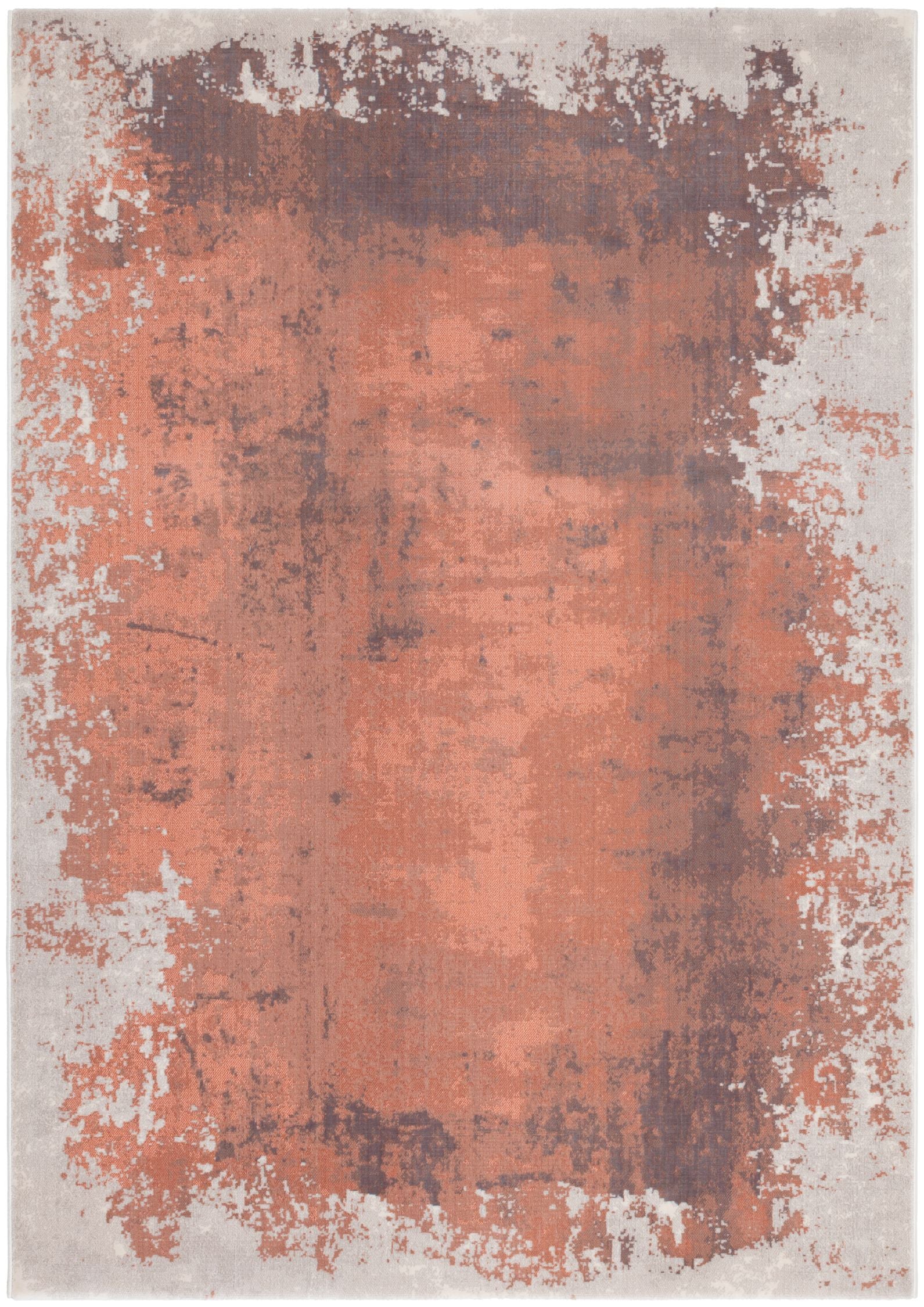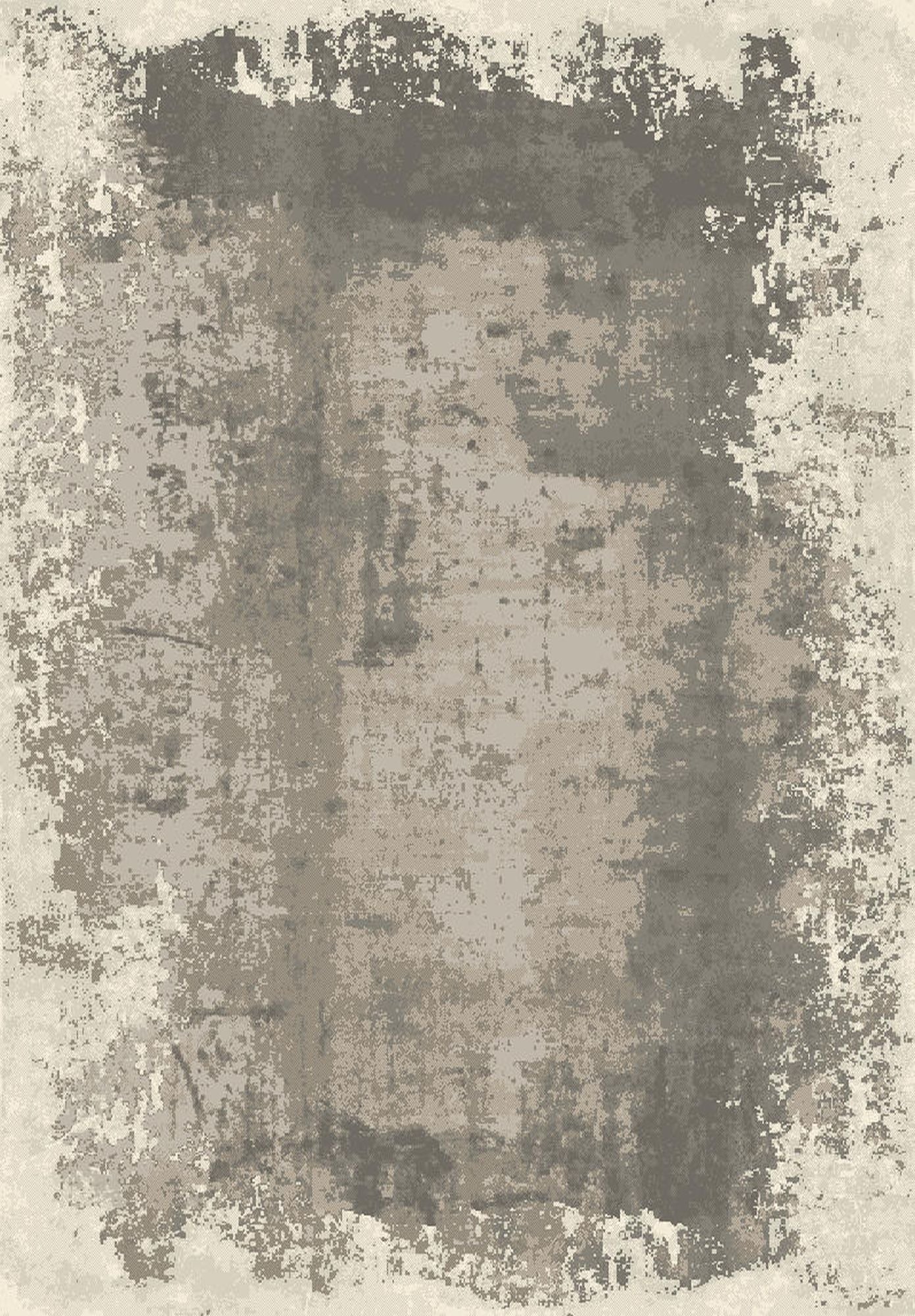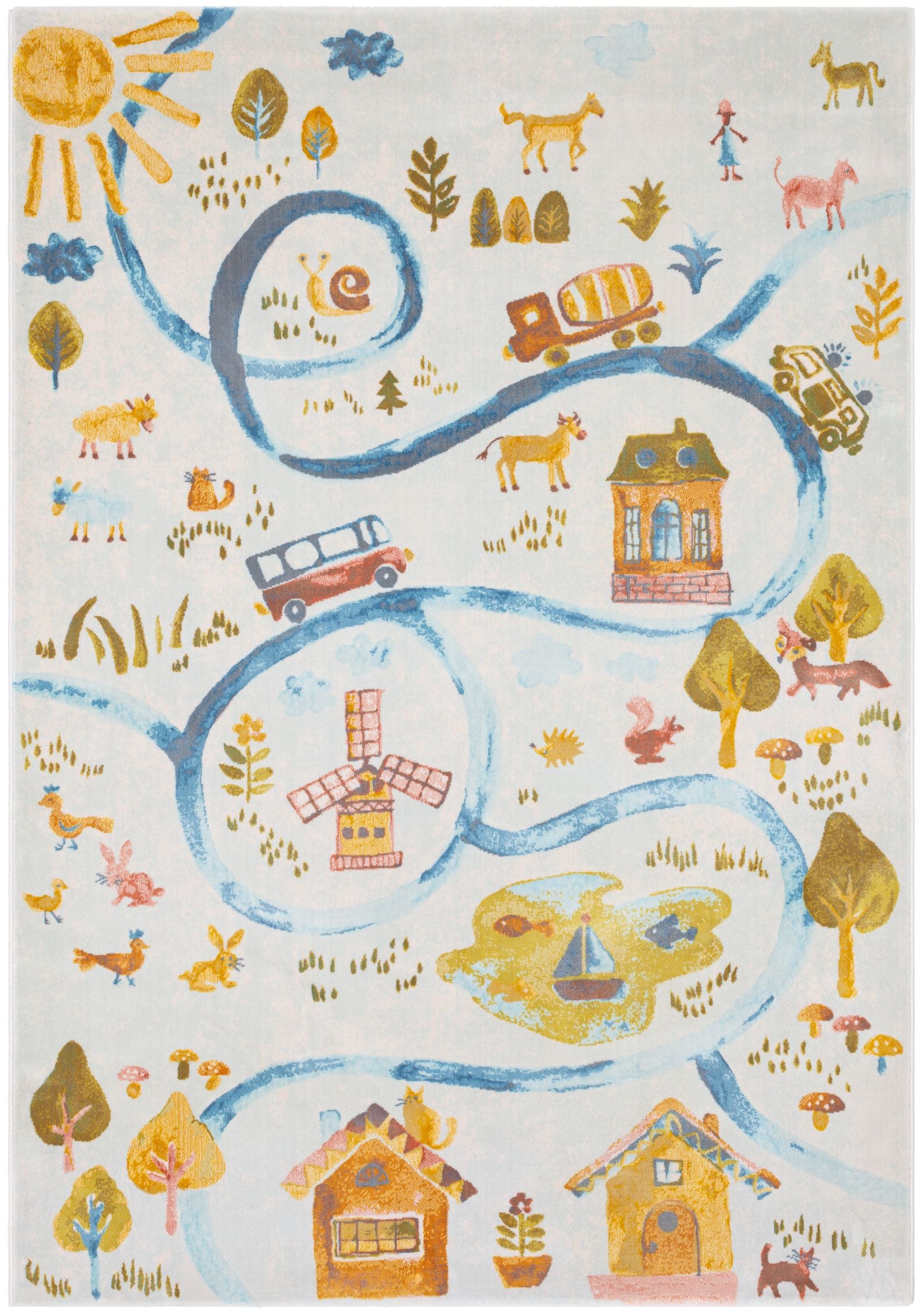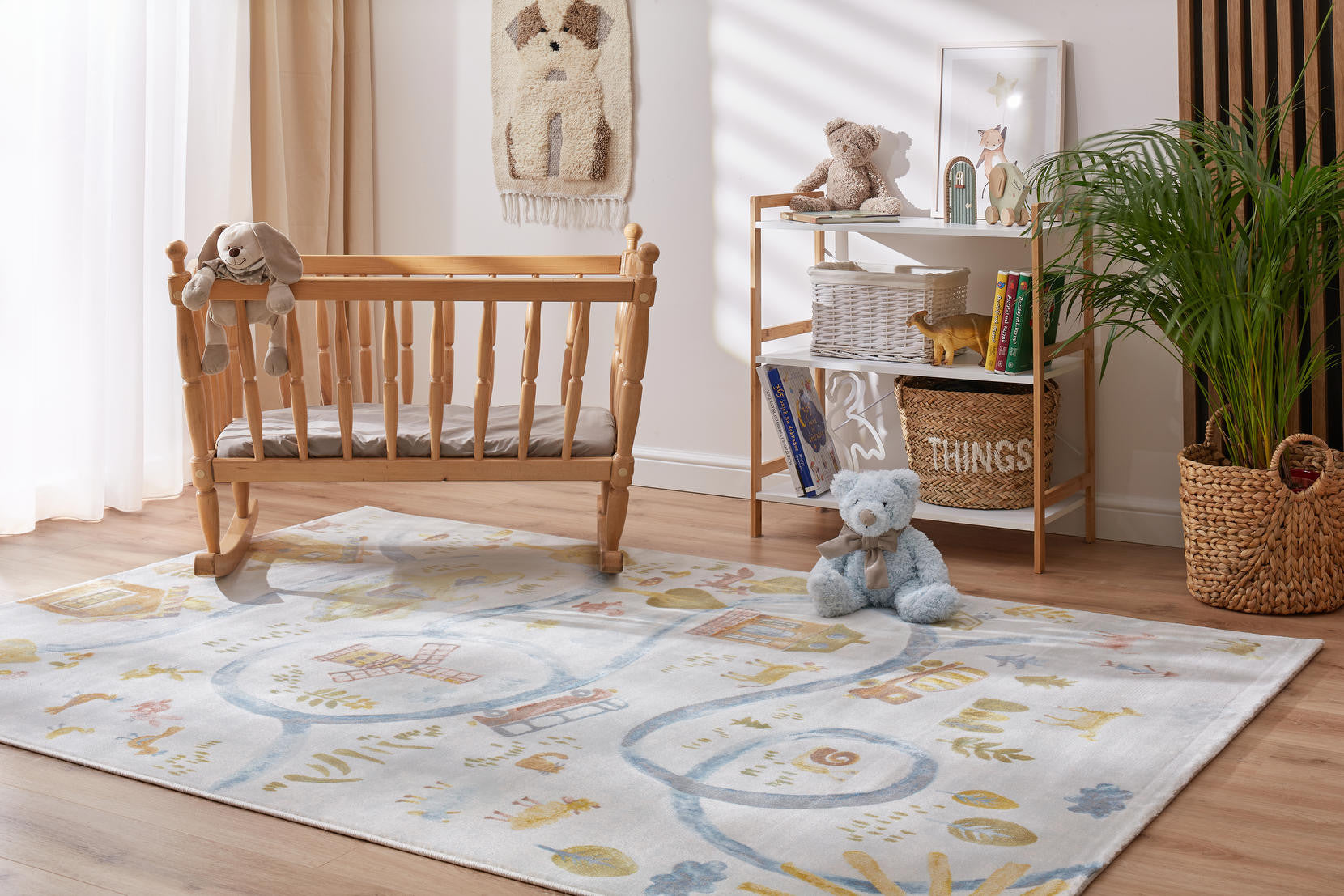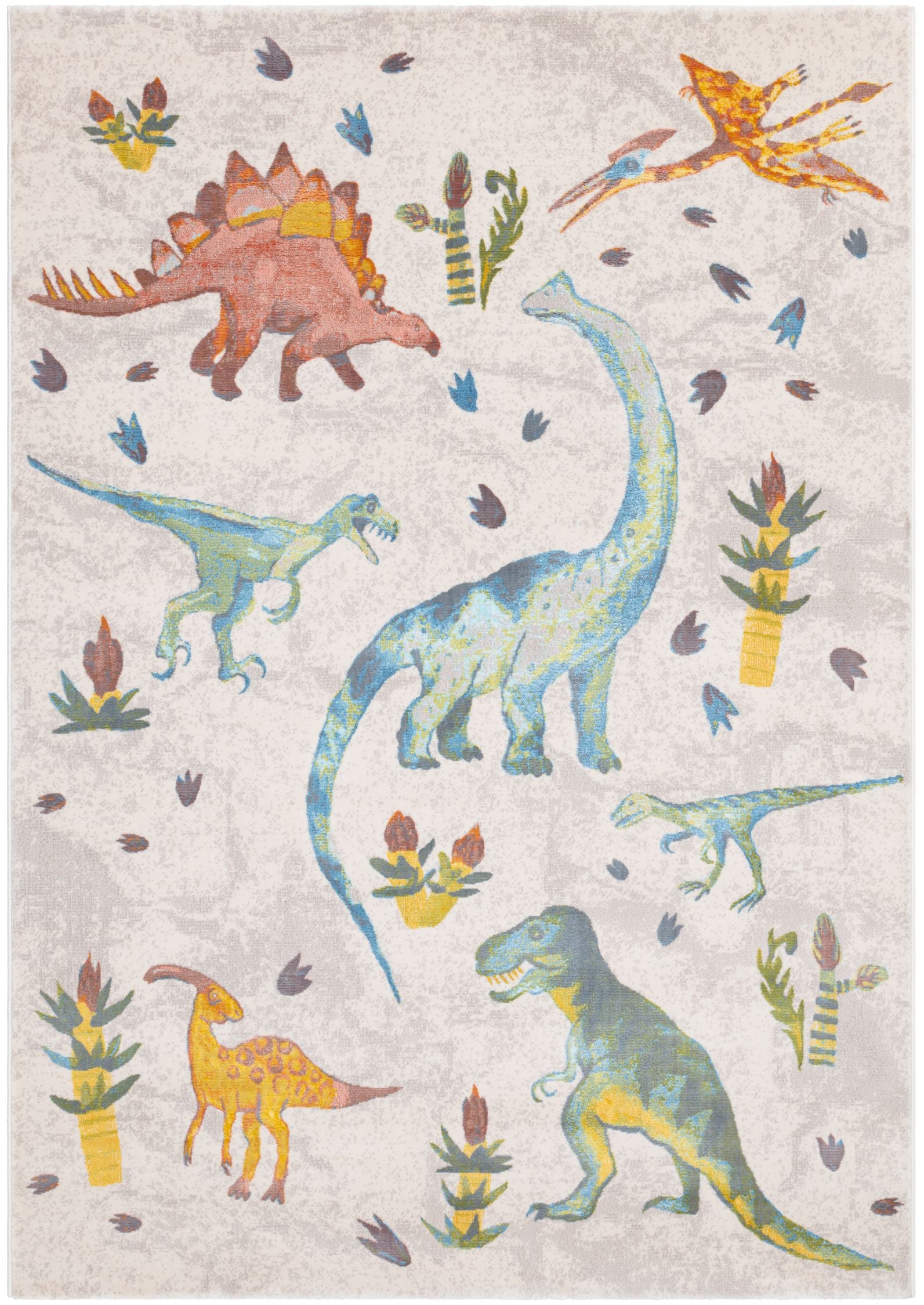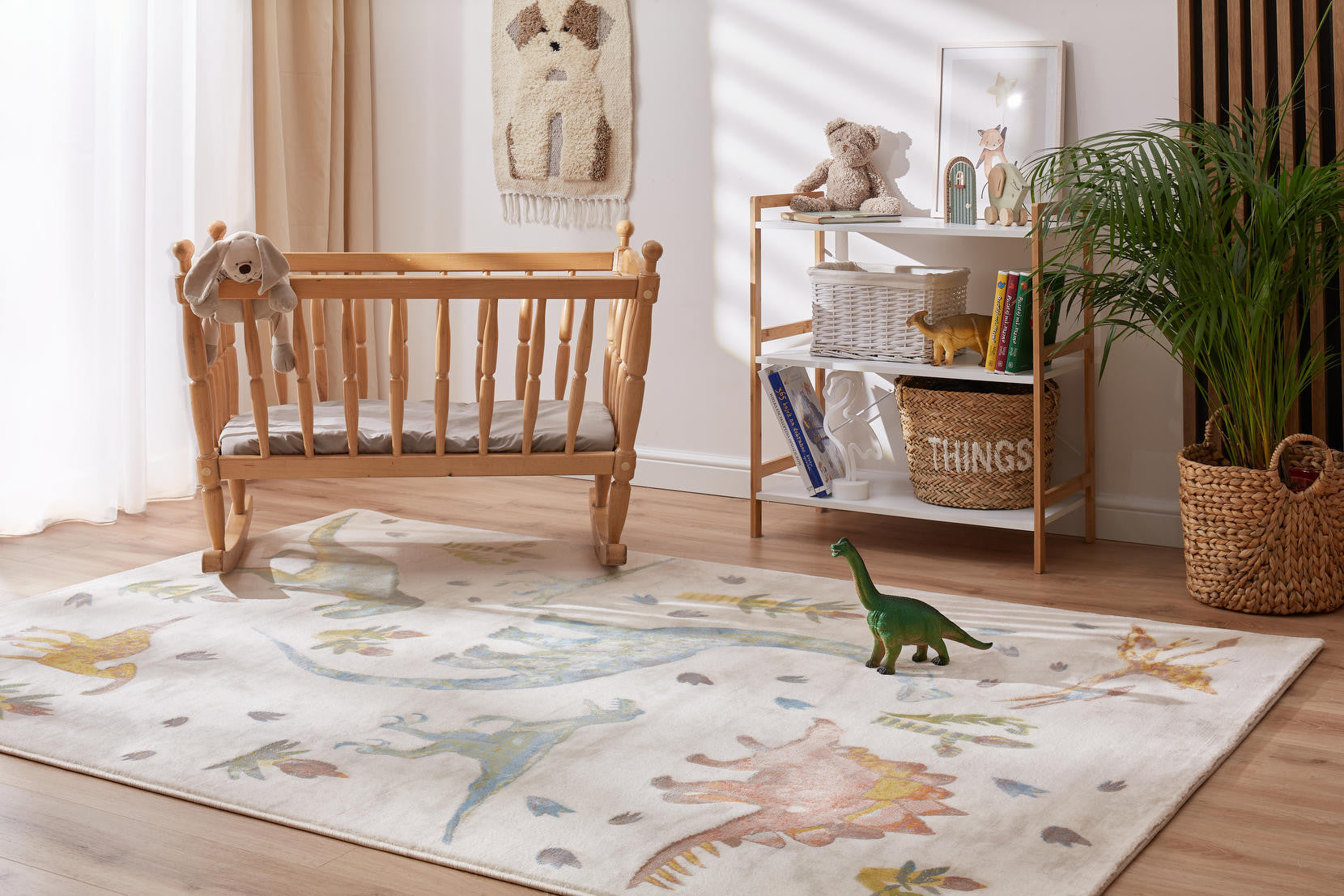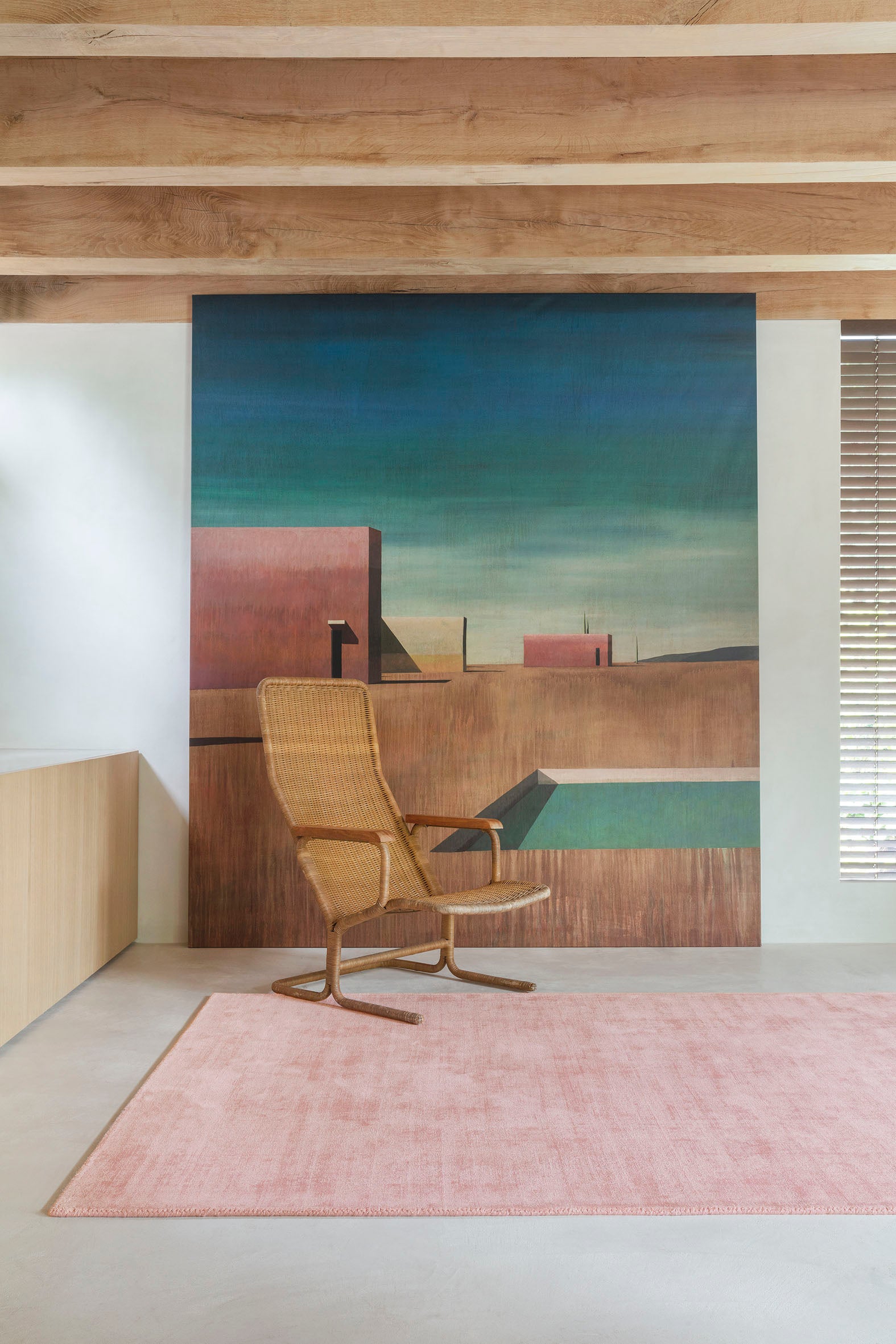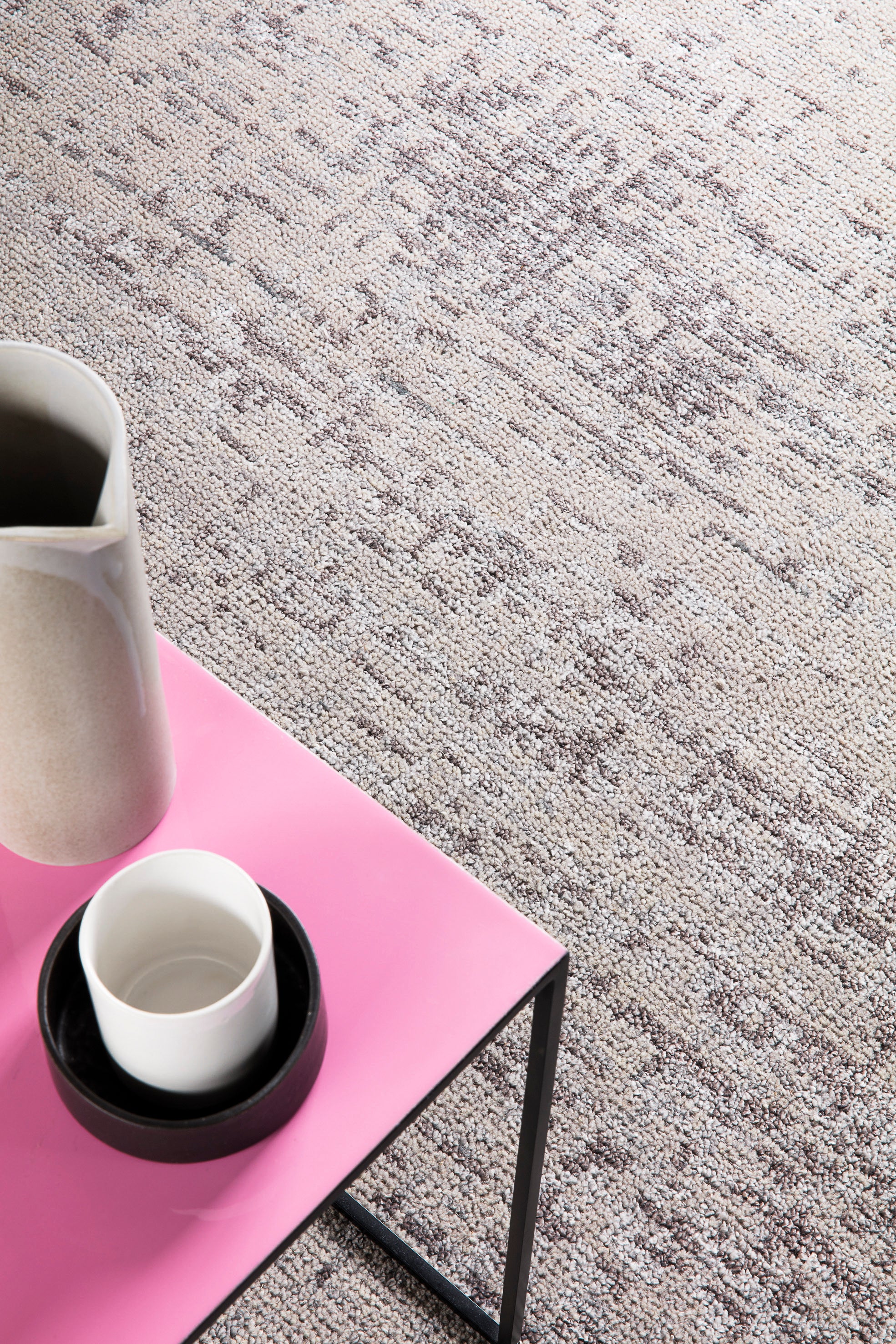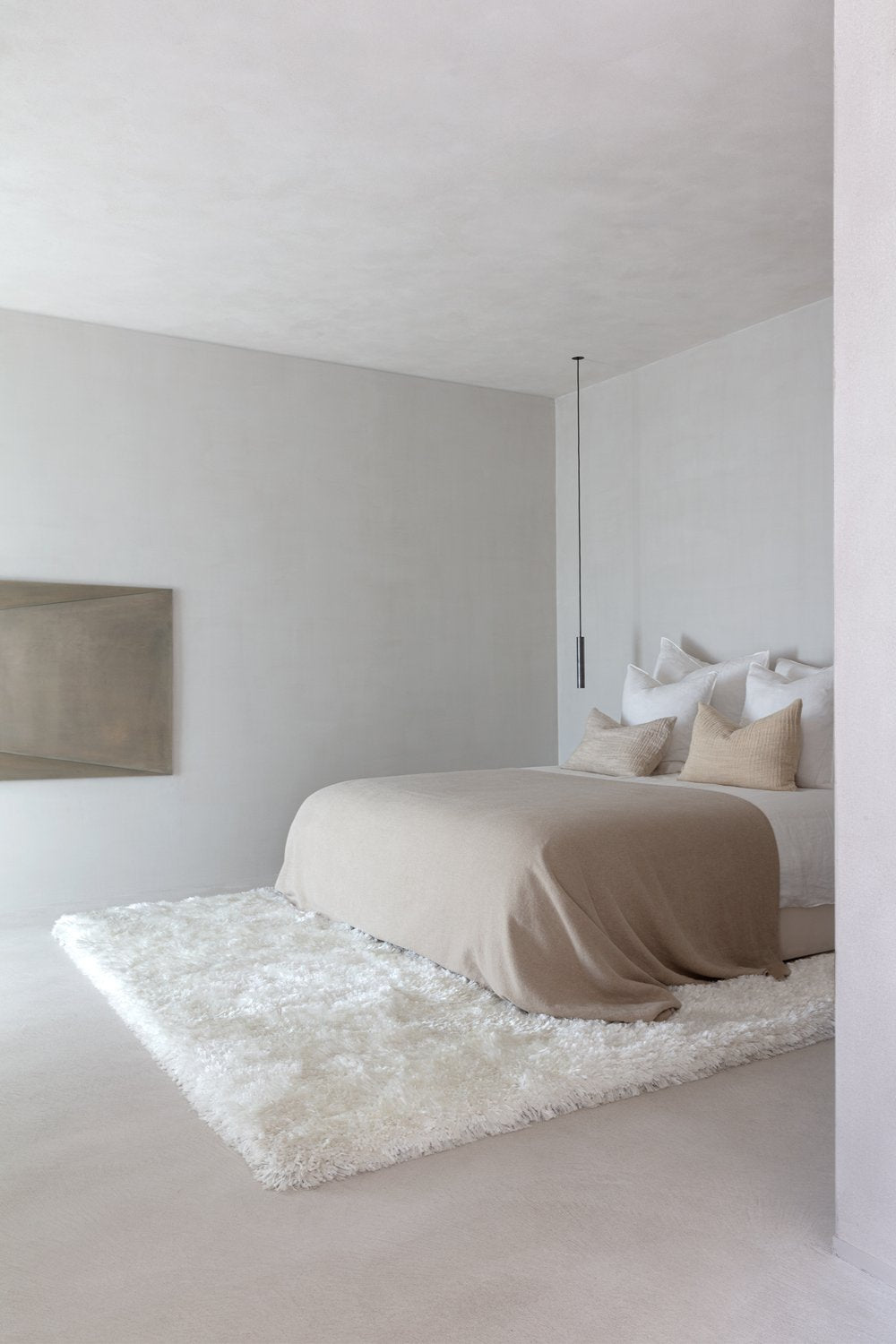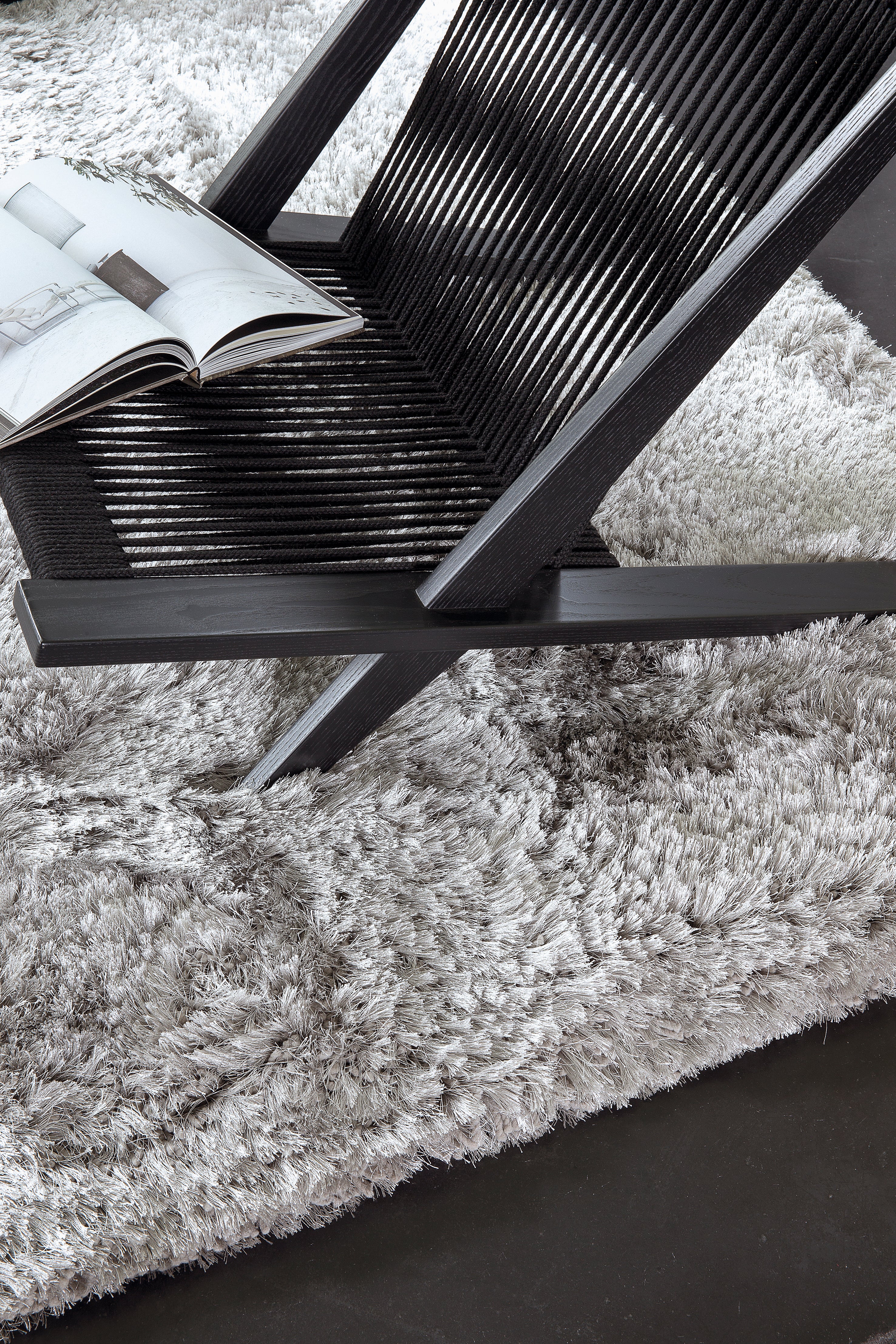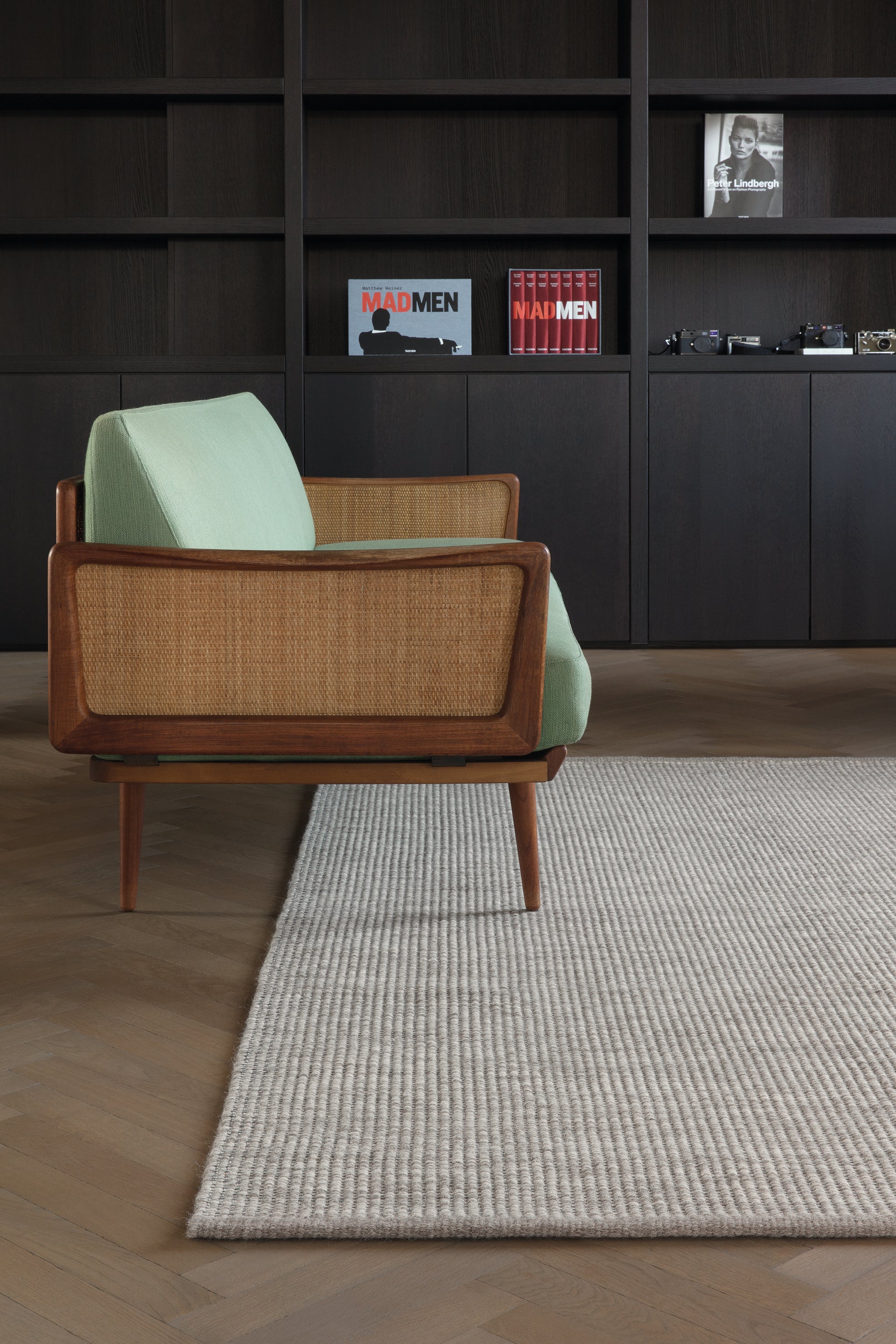How Big Should My Rug Be?
Your furniture arrangement is as much a factor as room size. Let your room guide how to find the right rug size for your space.
- Living Room: You want either all the furniture to sit on top of the rug comfortably or all the front legs to be on the rug.
- Dining Room: Let the chairs guide you. The rug needs to be large enough that the chairs remain on it even when pushed back from the table.
-
Bedroom: The rug should frame the bed. That means you need an 8×10 for a queen and 9×12 for a king. Front feet of bedside tables can sit on the edge.



-
What If I Love A Rug That's Too Small?
If a rug is too small, layer it. Because bigger often means more expensive, it can be tough to find the right rug in the right size (in your price range). So layer a small statement rug on top of a less-expensive one that covers more area.
-
What If My Room Is Really Big?
A large, open space benefits from being broken up by two or more rugs. “A rug can make a declaration: The breakfast table is here. Come sit and socialize in this spot,” says Los Angeles-based designer Greg Roth of Home Front Build. If you choose to cover most of the floor, leave a bare border at the wall. A good rule is to stay 6 to 14 inches from the wall, sticking to the wider end of the range in a large room.
-
Rugs for High-Traffic Areas
In high-traffic areas and homes with kids or pets, area rugs can take a serious beating. Sound like your house? Consider these factors when buying a rug for a high-traffic area:
- Durability: Places like entries, staircases, and hallways call for a tight weave or high knot count (100 to 150 per square inch). Hand-tufted or hand-knotted rugs can handle the pressure. Or try nylon or micro-hooked wool. Avoid plant fibers (jute, hemp, sisal, bamboo) and silk because they break down easily.
-
Cleanability: “Outdoor rugs look great, and you can take them outside and hose them off,” says L.A.-based interior designer Betsy Burnham. Look for one made from polyester or polypropylene. If you prefer natural fibers, a wool rug with a busy pattern works, too.
-
-
Should I Buy a Natural Rug?
Synthetics are popular as affordable options, but designers say it’s hard to beat natural fibers. “Natural rugs last longer and wear better, so if they’re in your budget, they’re always a good idea,” says L.A.-based designer Melissa Warner Rothblum. Wool contains lanolin, a natural stain repellent that makes it one of the easiest fibers to clean.
-
-
-
What If I Have Carpet?
No worries! Area rugs work on top of wall-to-wall carpeting. London-based rug designer Luke Irwin says, “Carpeting needs rugs more than a wooden floor does. You have this ocean of beige that’s exhausting to look at.” Opt for tufted rugs—their weighty structure keeps them in place—or rugs with patterns that break up the monotony.
-

